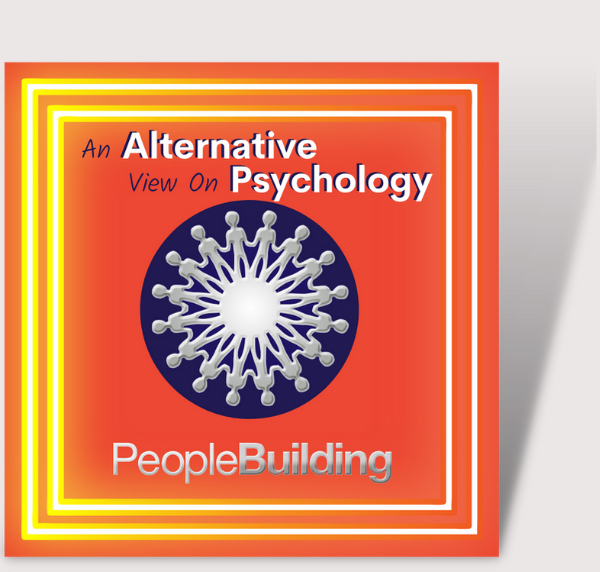Having the ability to make decisions (and stick to them once they have been made) is an incredibly rewarding ability if viewed from the correct perspective and if separated from stubbornness.
When you make decisions for yourself, you are telling the rest of the world that you posses a degree of certainty, conviction and self esteem. The path becomes clearer as you set your mind upon the route you have decided to take. When you have decided, you have clarity and others can see that you have the integrity to do what you have decided, even if they do not agree with your decision. People feel that they know where they stand with you.
The challenge with this, is that once you have decided, your mind is no longer open to the many other possibilities that may have been available to you. Perhaps one of these alternative possibilities could have offered a better outcome than the one that had been chosen. As soon as you have decided, your mind is fixed, and it is as though all of the previous channels that were open to possibilities are switched off.
There are times however when we all struggle to decide. This is usually because of the implications that the decision will have. If the decision affects our future or impacts upon others, then it is harder to decide what to do. Even if the right chose appears to be obvious, sometimes you thoughts and feelings are just not aligned.
In this instance, sticking to logic – what the brain is telling you- is very tough. The feelings and emotions involved are by far stronger than logic and reason. Human beings are very driven by their emotions. Just think about it – people end up doing all manor of crazy things because of how they are feeling at a particular time, even if they know in their mind that the way they are reacting is crazy.
When the conflict between head and heart is occurring, a good technique to help you decide is to list all of the pros of doing some thing and all of the cons (or all of the pros of doing something else). When you have got the two lists, go through each individual item on each list and give each item a rating out of ten. So for your pros, 10 is powerfully positive and 0 is not all that bothered. For your cons, 10 is a very negative issue and 0 is not really all that bothered. Then see which list scores the most. If deciding between two lists of pros, you will have a better idea about which one gives you the biggest pay off. If evaluating a list of pros and cons, you’ll be able to see if the upside out weighs the downside or vise versa.
It’s by no means the only way to base your decision making process. You can’t write to me and tell me you divorced your spouse after realizing their cons out weighed their pros by 7 points. But it’s a start and at least in the process of doing the activity it keeps your mind open to the other millions of possibilities that the universe has to offer you.



I appreciate Gemma’s viewpoint. I am experiencing a delay in making a decision, partly because I am overwhelmed with all the training and money it will take to do all the things that I think will be rewarding and fun. So, out of this article, I get the message to not beat myself up because I am very open to possibilities, and want the decision to be well thought out.
Thank you!